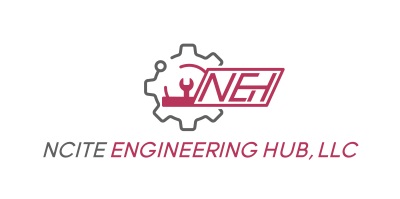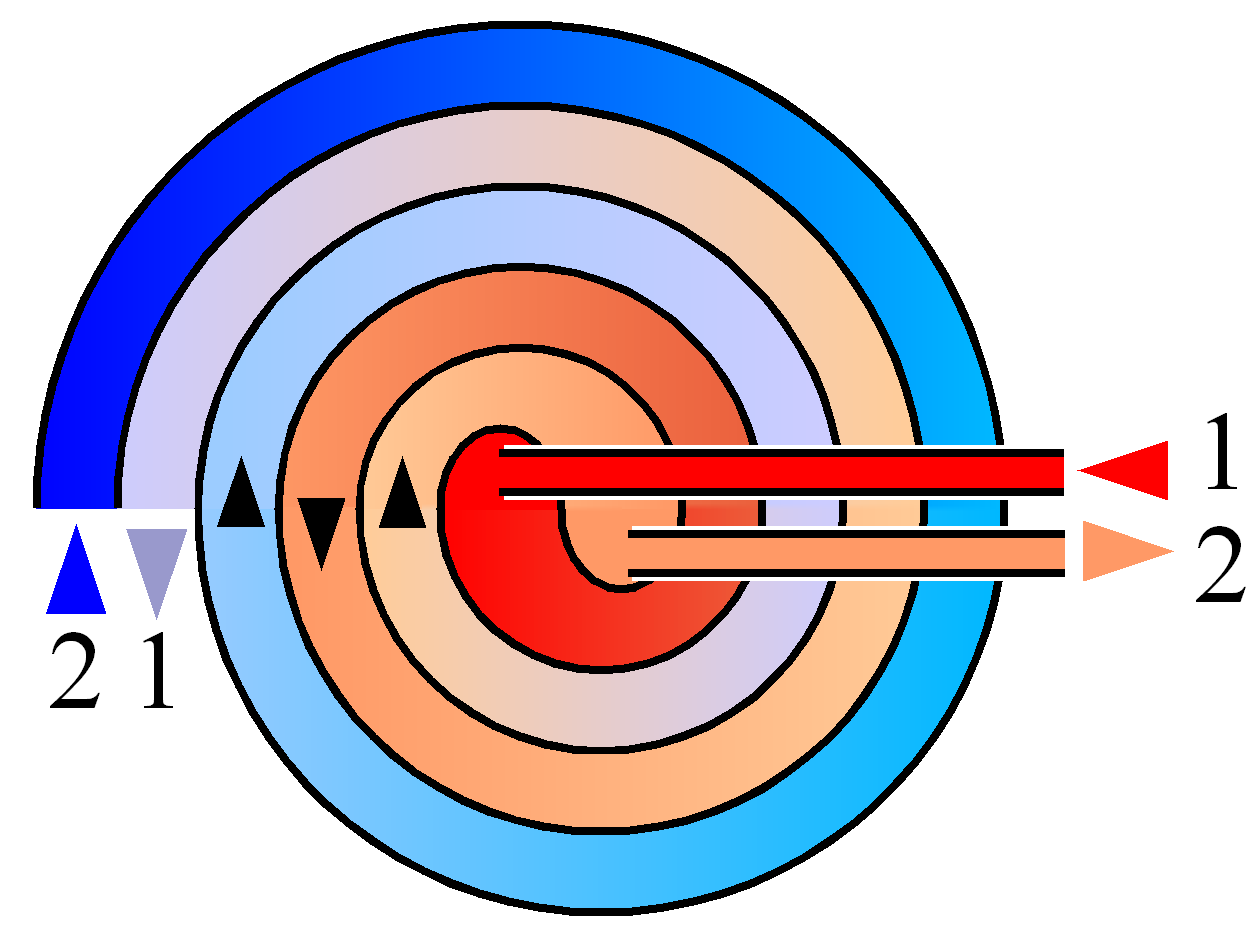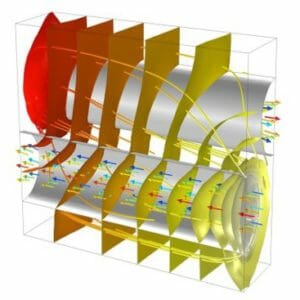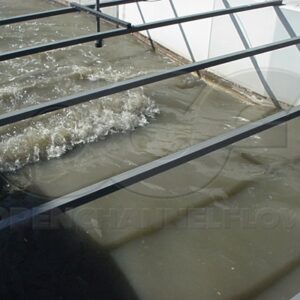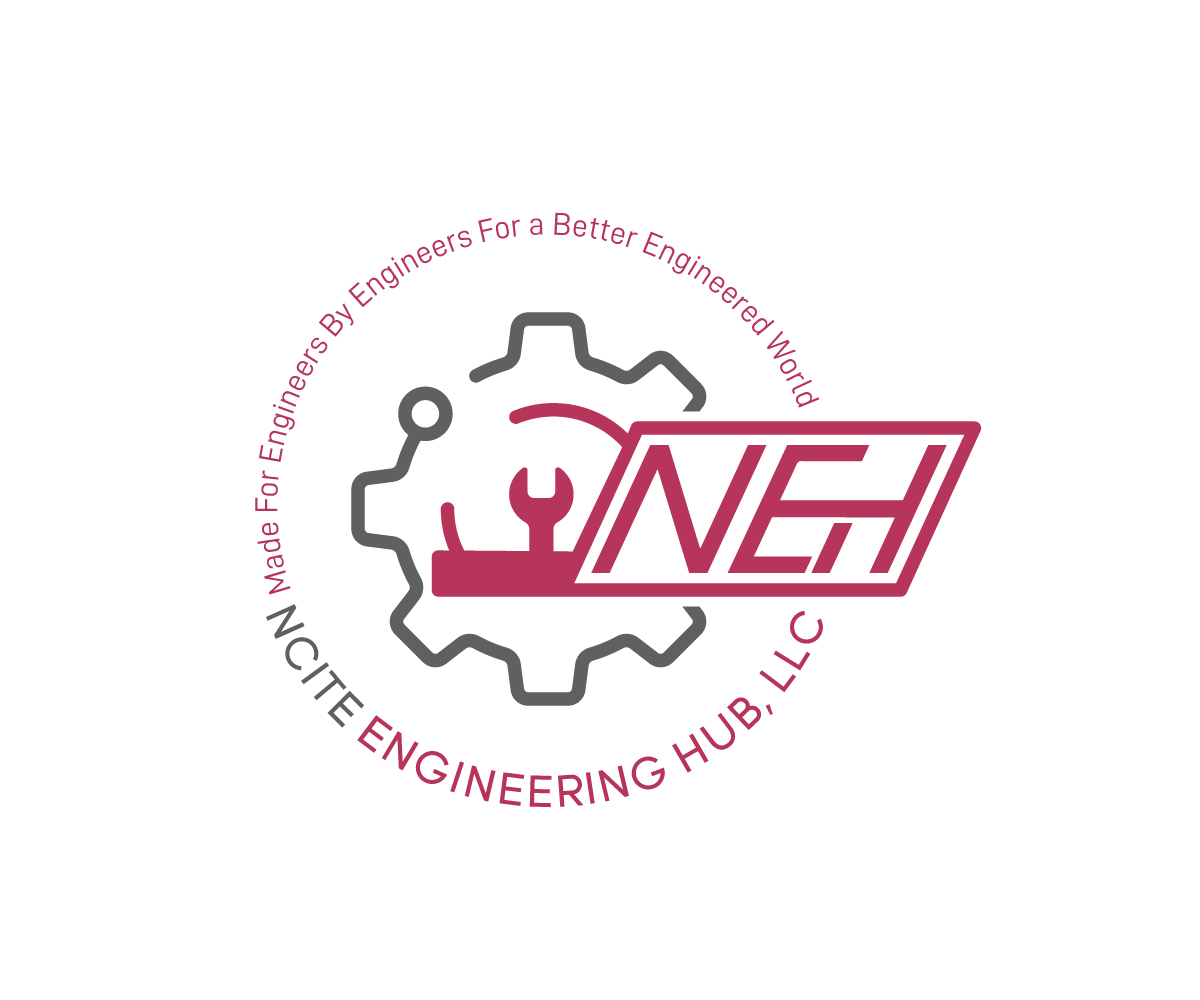E – 1106 Fundamentals of Heat Exchangers
$50.00
Courses Included
Heat exchangers are used to heat one fluid with a hotter fluid, to cool a fluid with a colder fluid, to condense a gaseous fluid with a colder fluid, or to boil a liquid with a hotter fluid. In this course you will learn about the basic construction of shell and tube and plate type heat exchangers and about counter flow, parallel flow, and cross flow patterns of flow. The heat transfer equation is introduced along with the log mean temperature difference and the overall heat transfer coefficient. The meaning of multi-pass and regenerative heat exchangers is covered and several common heat exchanger applications are discussed.
This course is intended primarily for mechanical, chemical, nuclear and industrial engineers, but would be of interest to any engineer wanting a review of heat exchanger basics. Someone completing this course will gain knowledge about the types and flow patterns of heat exchangers and about some of their applications.
In this course, you need to review the material in the course content file, “Fundamentals of Heat Exchangers,” which is Module 2 of the DOE Fundamentals Handbook – Mechanical Science (DOE-HDBK-1018/1-93). Once you complete your course review, you need to take a multiple-choice quiz consisting of ten (10) questions to earn 2 PDH credits. The quiz will be based on the entire file.
Description
Heat exchangers are used to heat one fluid with a hotter fluid, to cool a fluid with a colder fluid, to condense a gaseous fluid with a colder fluid, or to boil a liquid with a hotter fluid. In this course you will learn about the basic construction of shell and tube and plate type heat exchangers and about counter flow, parallel flow, and cross flow patterns of flow. The heat transfer equation is introduced along with the log mean temperature difference and the overall heat transfer coefficient. The meaning of multi-pass and regenerative heat exchangers is covered and several common heat exchanger applications are discussed.
This course is intended primarily for mechanical, chemical, nuclear and industrial engineers, but would be of interest to any engineer wanting a review of heat exchanger basics. Someone completing this course will gain knowledge about the types and flow patterns of heat exchangers and about some of their applications.
In this course, you need to review the material in the course content file, “Fundamentals of Heat Exchangers,” which is Module 2 of the DOE Fundamentals Handbook – Mechanical Science (DOE-HDBK-1018/1-93). Once you complete your course review, you need to take a multiple-choice quiz consisting of ten (10) questions to earn 2 PDH credits. The quiz will be based on the entire file.
- Be familiar with the parts of and general construction of shell and tube and plate type heat exchangers
- Be able to differentiate among parallel flow, counter flow and cross flow heat exchangers.
- Be able to differentiate between single-pass and multi-pass heat exchangers.
- Be able to differentiate between regenerative and non-regenerative heat exchangers.
- Know the meanings of the terms hotwell and condensate depression.

